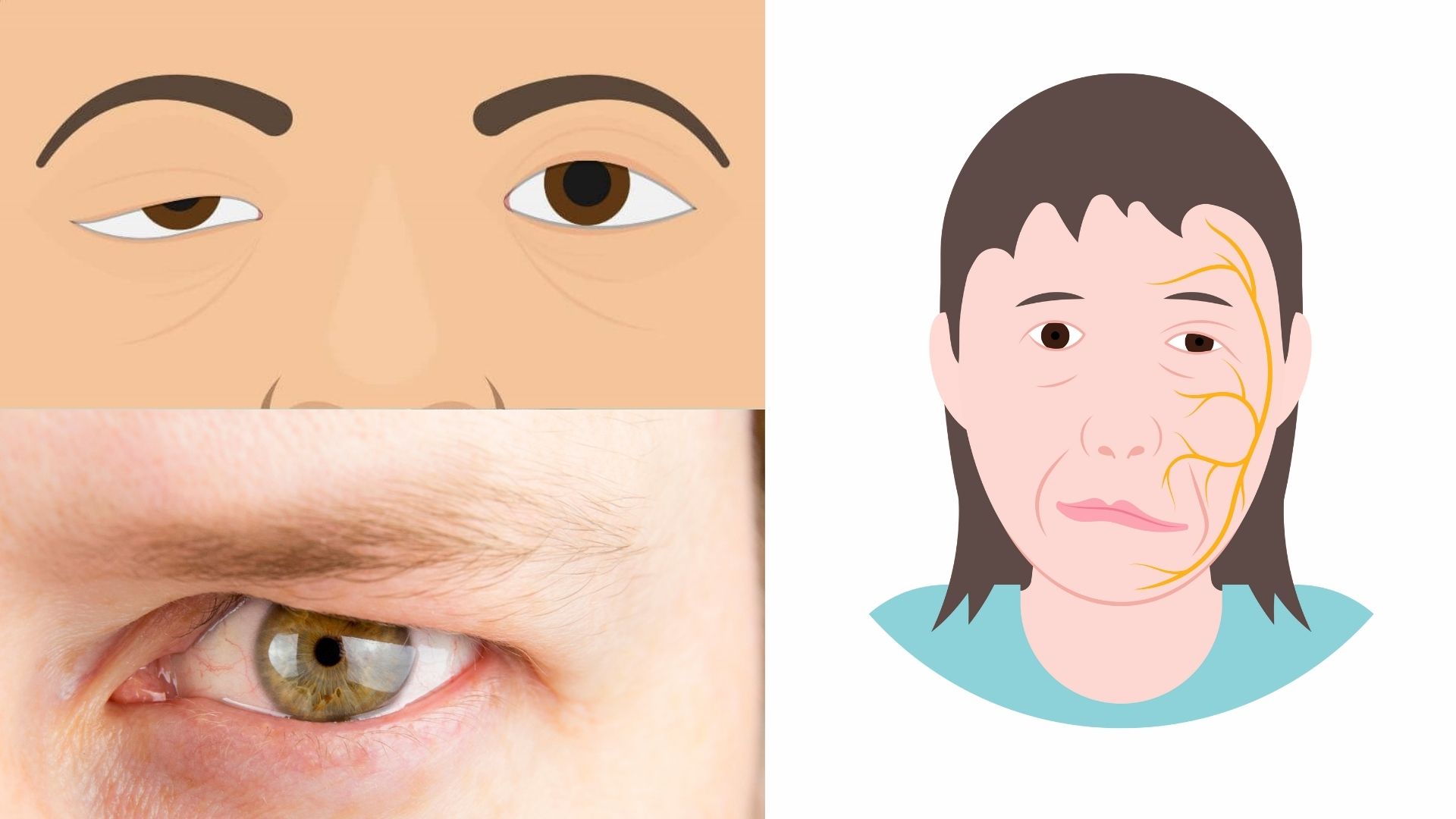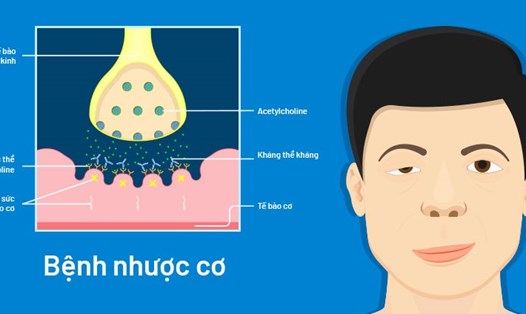Myasthenia gravis (MG) is a condition that causes severe muscle weakness because the immune system attacks receptors (anchor points) located on muscle tissue. The muscles in the eyelids and those attached to the eyeball are often the first (and sometimes the only) muscles affected in MG. Other muscles that may be weak include the jaw, limbs, and even the respiratory muscles.

Symptoms of myasthenia gravis
The main symptom of myasthenia gravis is marked muscle weakness that tends to get worse at the end of the day, especially if the affected muscles are used a lot.
Typically, people with myasthenia gravis will experience drooping eyelids, tired eyes, or blurred vision.
While some people with MG have only eye muscle weakness (ocular myasthenia gravis), others progress to a systemic form of the disease, affecting multiple muscles.
In addition to eye problems, the following symptoms may occur:
- Weak mouth and jaw leading to difficulty chewing, difficulty swallowing food or stuttering.
- Limited facial expressions.
- Weak arms, legs and neck.
Rarely, myasthenic crisis may occur. This is a life-threatening condition characterized by difficulty breathing due to severe weakness of the respiratory muscles. It is often caused by a change in medication, infection, or surgery.
Causes of myasthenia gravis
Myasthenia gravis occurs when antibodies (proteins produced by the immune system) mistakenly attack receptors for acetylcholine, a chemical messenger released by nerve cells to stimulate muscle contraction. These antibodies are called acetylcholine receptor (AChR) antibodies. By interfering with the transmission of nerve signals to the muscles, muscle weakness occurs.
It is important to note that in some cases, instead of antibodies produced against acetylcholine receptors, people with myasthenia gravis have antibodies produced against proteins located on the surface of muscle membranes. These antibodies are called muscle-specific receptor tyrosine kinase (MuSK) antibodies.









